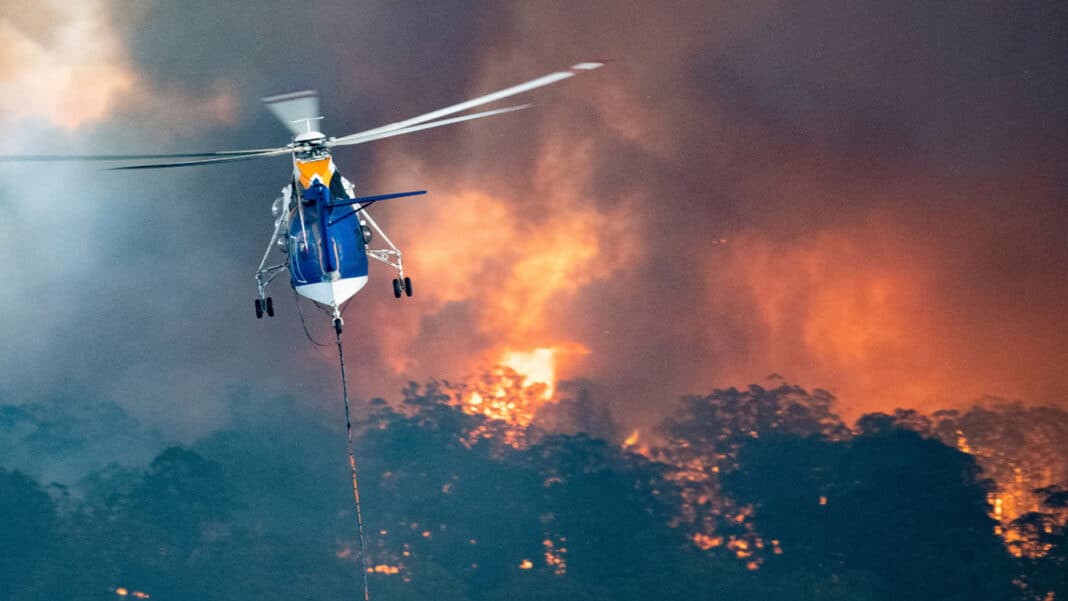BAL Report Principles: Crucial Details for Homeowner
BAL Report Principles: Crucial Details for Homeowner
Blog Article
How BAL Report Impacts Shrub Fire Security Procedures
In the realm of bush fire security, the Building Strike Level (BAL) report stands as a crucial tool that dramatically influences the safety and security and resilience of properties in fire-prone locations - BAL Report. The influence of a BAL assessment expands far beyond mere documents; it offers as the foundation for determining the appropriate building criteria and fire defense measures required to alleviate the threats posed by bushfires. As neighborhoods face increasingly serious fire periods, recognizing just how the BAL record forms these safety procedures ends up being critical for property owners, builders, and policymakers alike
Comprehending the Bushfire Assault Level
Significance of BAL Record Assessment

Moreover, the BAL record evaluation functions as a foundational action in adhering to legal responsibilities and requirements related to bushfire protection. Regional councils and authorities often mandate the entry of a BAL record as component of the preparation and structure approval process to ensure that buildings are sufficiently secured versus useful link bushfire dangers. Stopping working to perform a comprehensive BAL report assessment can result in insufficient security actions, leaving homes prone to ravaging bushfire cases.
Building Standards Based Upon BAL
A thorough understanding of the Bushfire Strike Degree (BAL) allows residential or commercial property owners to apply construction requirements customized to their particular danger profile. Construction criteria based on BAL are critical in mitigating the influence of bushfires on properties. The BAL ranking classifies the potential risk a home faces throughout a bushfire on a scale from BAL-Low to BAL-FZ (Fire Area)
Executing Fire Defense Procedures
With the foundation of building requirements based on Bushfire Attack Level (BAL) in place, the focus now moves towards the functional application of fire defense measures to fortify residential or commercial properties versus bushfire risks. Easy procedures consist of utilizing fire-resistant building materials, setting up coal guards on vents, sealing voids in wall surfaces and roofing systems, and maintaining a clear room around the home cost-free from combustible plants. By incorporating both passive and active methods, homes can dramatically decrease their susceptability to bushfire cases and increase the safety of passengers.
Shielding Residences Against Bushfires
Efficiently safeguarding homes against the devastating impacts of bushfires needs a comprehensive and aggressive approach to fire security actions. Furthermore, securing vents and voids to protect against coal invasion, as well as including fireproof doors and home windows, can aid fortify the home's defense against bushfires. By welcoming an aggressive stance and incorporating these safety steps, home owners can significantly increase their opportunities of protecting their homes versus bushfires.
Verdict
Finally, the Bushfire Attack Degree (BAL) report plays an essential duty in establishing the required protection procedures against bushfires. By assessing the BAL, building and construction requirements can be tailored to reduce the dangers and guarantee the safety of homes in fire-prone locations. Applying fire security procedures based on the BAL report is vital in guarding residential properties from possible bushfire click here for more info risks. It is necessary for home owners to focus on BAL assessments and stick to suggested building criteria to improve bushfire strength.
In examining bushfire risk to buildings, understanding the Bushfire Assault Level (BAL) is a vital component for executing reliable protection actions. Generally, a clear understanding of the Bushfire Assault Degree is crucial for carrying out adequate security steps and reducing the influence of bushfires on buildings.

Report this page